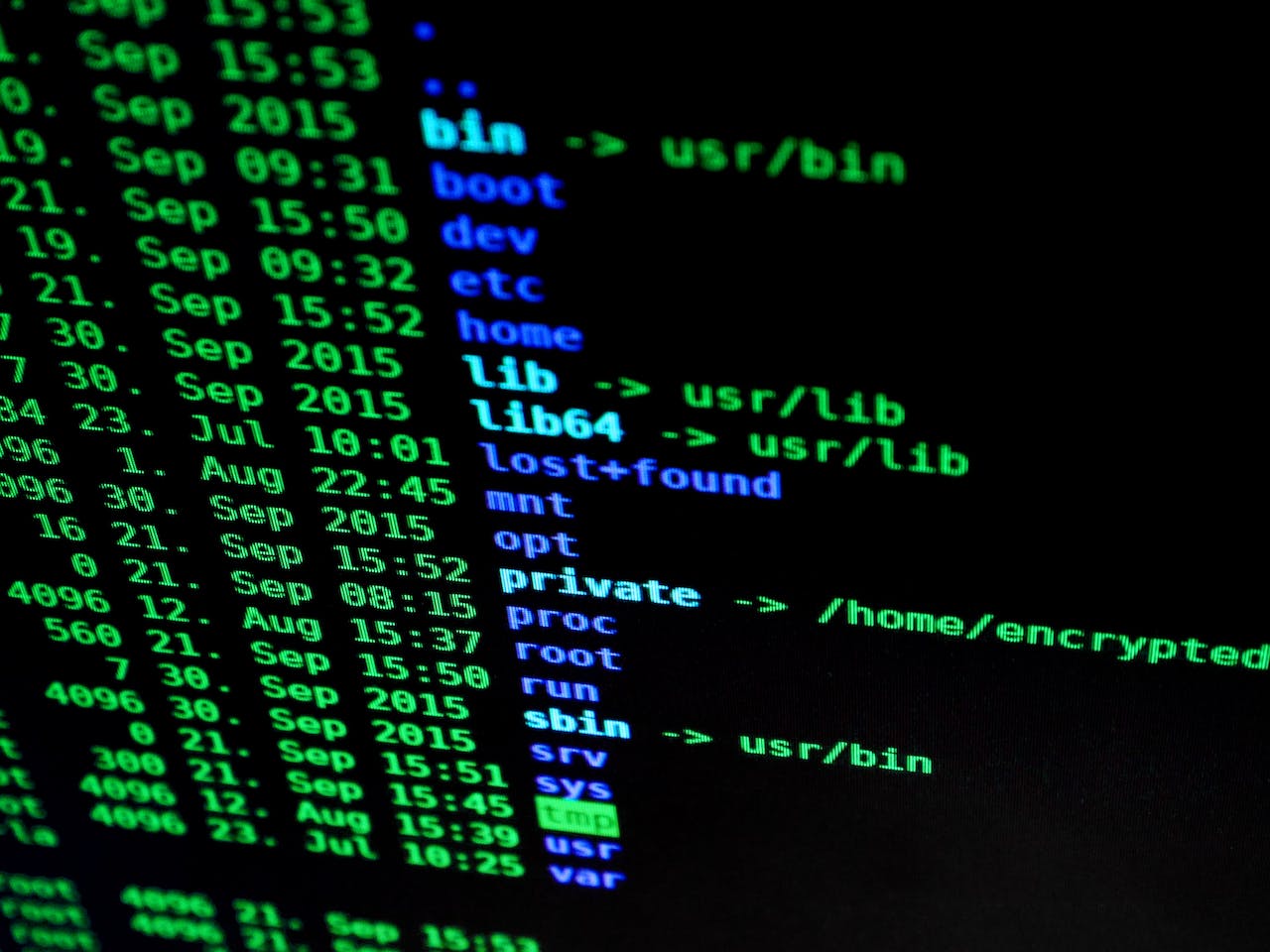Last update at :2024-05-23,Edit by888u
No longer using an app? Just delete it.
Uninstalling apps you no longer use is the easiest way to free up disk space and keep your system tidy.
In this introductory tutorial, I'll cover a few different ways to uninstall applications on Ubuntu.
There are several ways to install applications in Ubuntu, and there are also the following methods to uninstall applications:
Uninstall apps from Ubuntu Software Center (desktop users)
Use apt remove command to uninstall the application
Remove Snap app from command line (intermediate to advanced users)
Let’s understand these methods one by one.
Method 1: Uninstall the app using Ubuntu Software Center
Find the Ubuntu Software Center Software Center in the left column or menu and open it.
Installed applications are listed in the Installed column.
If the app you are looking for is not in the Installed column, you can use search to find the app.
Open the installed application, there is a Remove option, click it
This will ask for the account password, and once entered the app will be deleted within a few seconds.
Method 2: Uninstall application from Ubuntu command line
Use apt-get install or apt install when installing applications. When uninstalling an app, use apt-get remove or apt remove instead of apt-get uninstall .
Use the command as follows:
sudo apt remove program_name
Doing this will request your account password. There will be no on-screen prompt when entering your password. After typing, press Enter.
Apps to be deleted will not be deleted immediately. You need to confirm. When asked for your confirmation, enter or press Y:
Please enter the correct package name in the command line, otherwise a "package cannot be found error" error will appear.
Don’t worry about remembering specific app names, you can use the super-helpful Tab Complete app name. Tab is one of the Linux command line tricks you must know.
You only need to enter the first few letters of the app you want to uninstall, then press tab, and you will be prompted for installed apps starting with these letters.
Find the name of the app you want to uninstall, enter the full app name and then uninstall.
If you don’t know the specific application name or the beginning letters, you can list all installed packages in Ubuntu and then find the application name that matches your memory.
For example, the command in the figure below will list all installed applications that contain ‘my’ in their application names, not just applications that begin with ‘my’.
apt list --installed | grep -i my
This is pretty cool, right? Please pay attention to the application name when using the uninstall command in Ubuntu.
Supplement: Use apt purge to uninstall applications (advanced users)
When you uninstall an application in Ubuntu, the application is uninstalled, but a small, modified user profile is left behind. These files are left on purpose because when you install the same app again, these legacy configuration files are used.
If you want to completely uninstall the app, you can use the apt purge command instead of the apt remove command, or use it after the apt remove command.
sudo apt purge program_name
Note that the apt purge command will not delete data or configuration files saved in the user directory.
Method 3: Uninstall Snap app in Ubuntu
The previous methods can be used for applications installed using the apt command, Software Center, or directly using deb files.
Ubuntu also introduces a package management system called Snap. Most applications in Software Center are in Snap package format.
You can easily uninstall these apps using Software Center, or you can uninstall them using the command line.
List all installed Snap package names:
snap list
Select the app you want to uninstall and then uninstall it. This will not ask you to confirm the deletion.
sudo snap remove package_name
Tip: Use a magic command to clean your system
Now that you have learned how to uninstall an application, now use a simple command to clean up uninstall remnants, such as dependencies or Linux kernel header files that are no longer used.
Enter the following command in the terminal:
sudo apt autoremove
This command is safe and will free up several hundred MB of disk space.
Recommended site search: IP address detailed query, mainland China linux host, US domain name registration, website virtual host space, overseas virtual host, vps foreign server, registered domain name purchase, Korean cn2 server, in domain name registration, Virtual space host,








发表评论